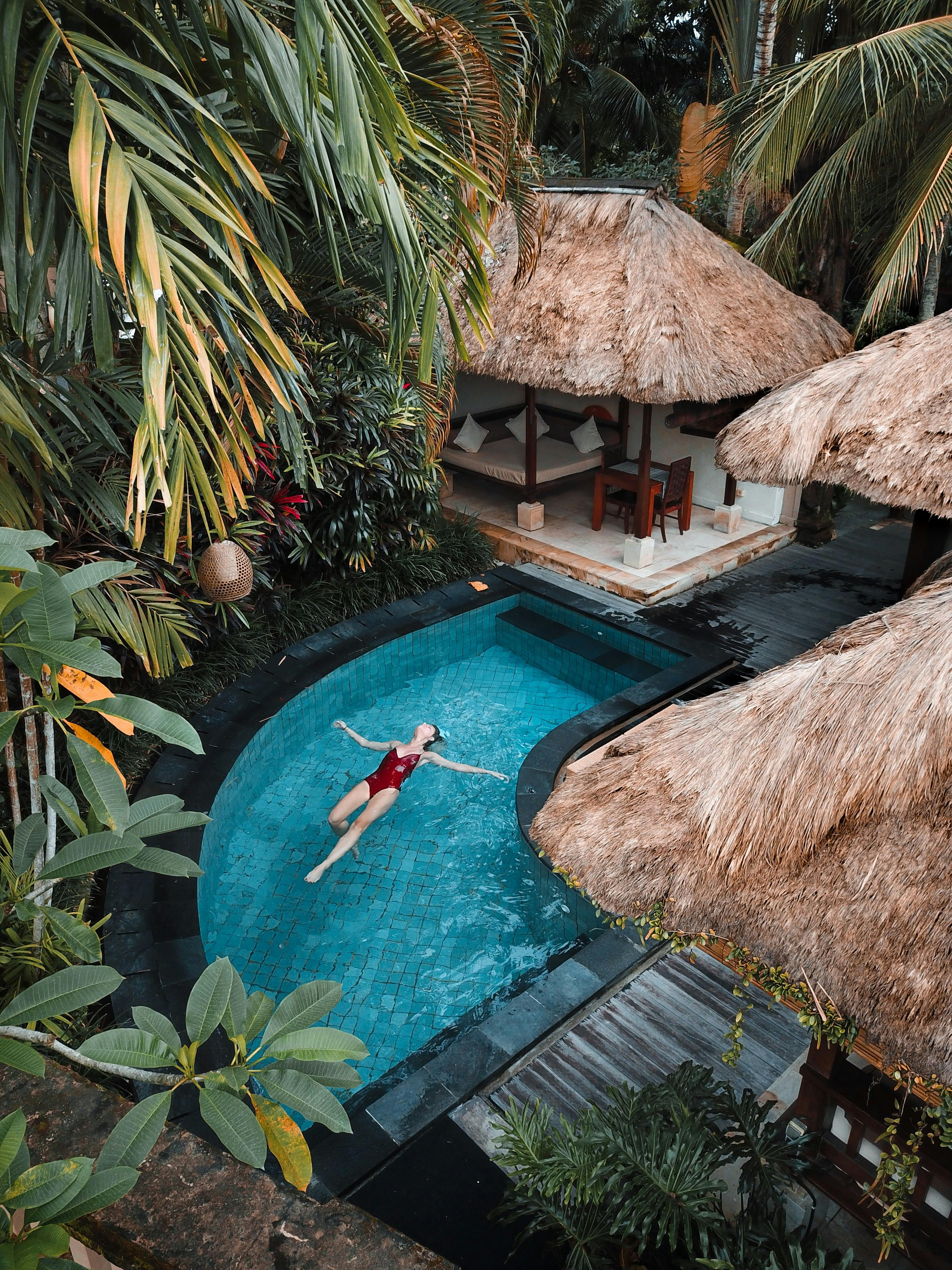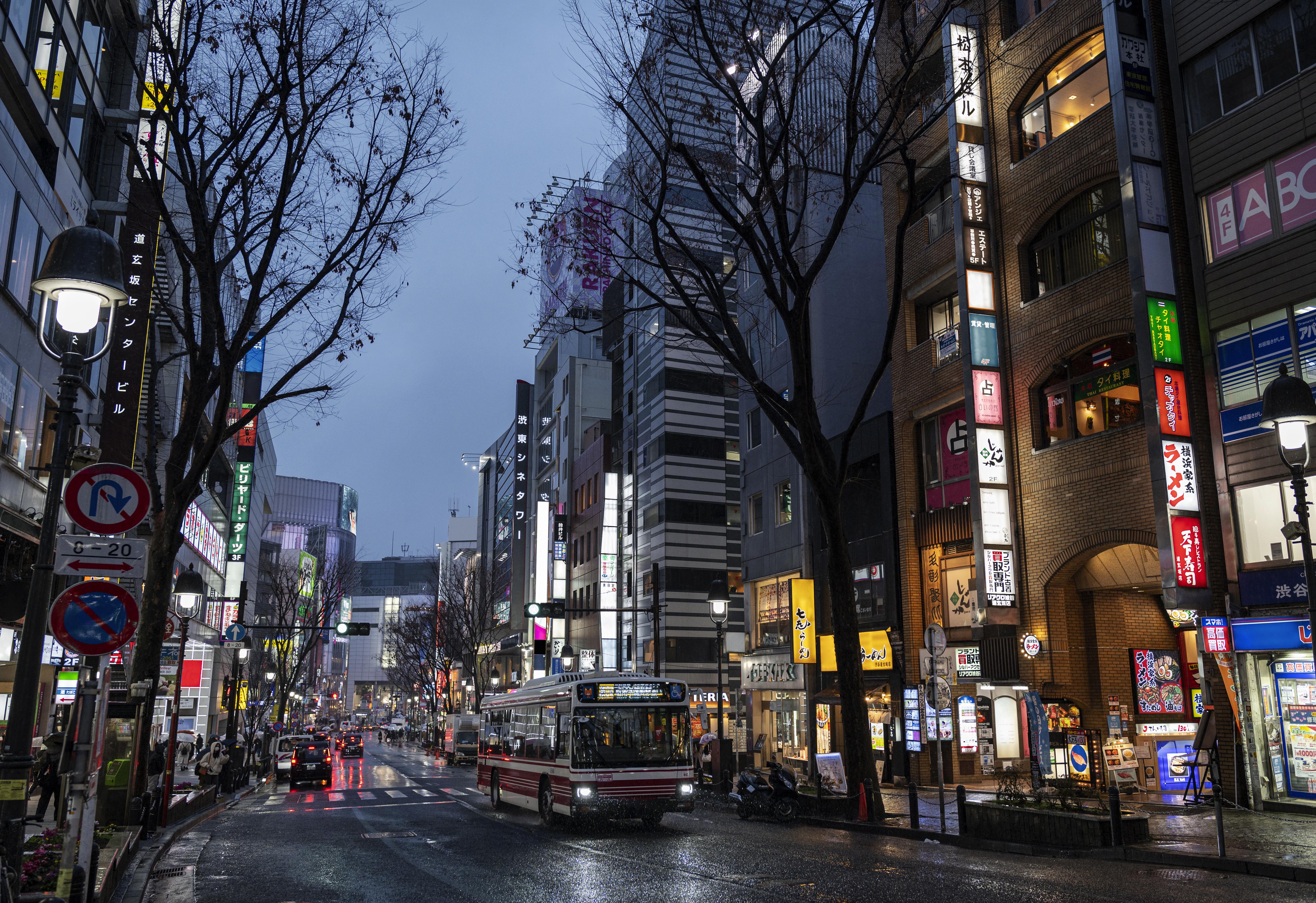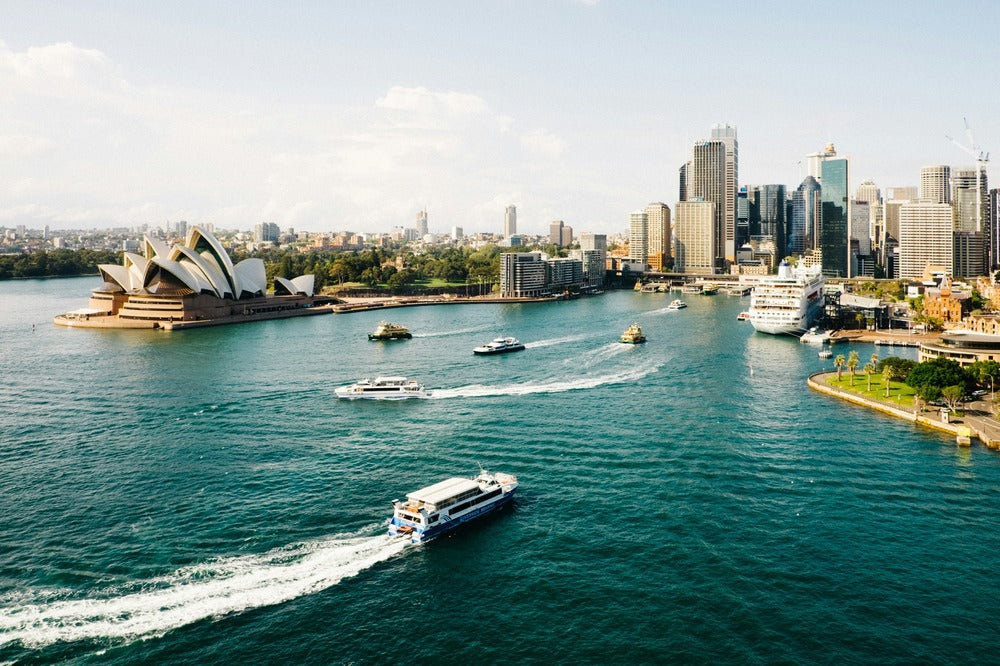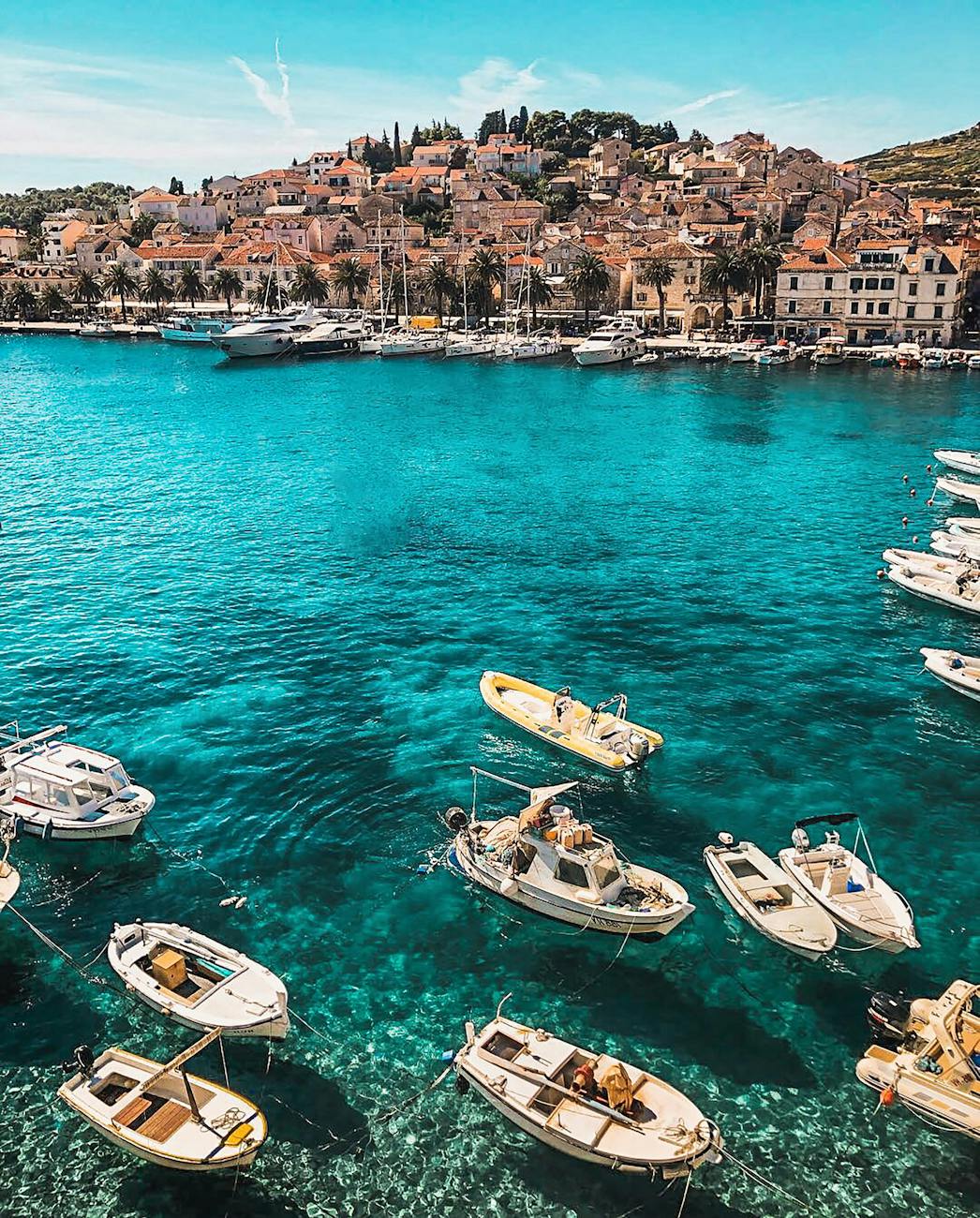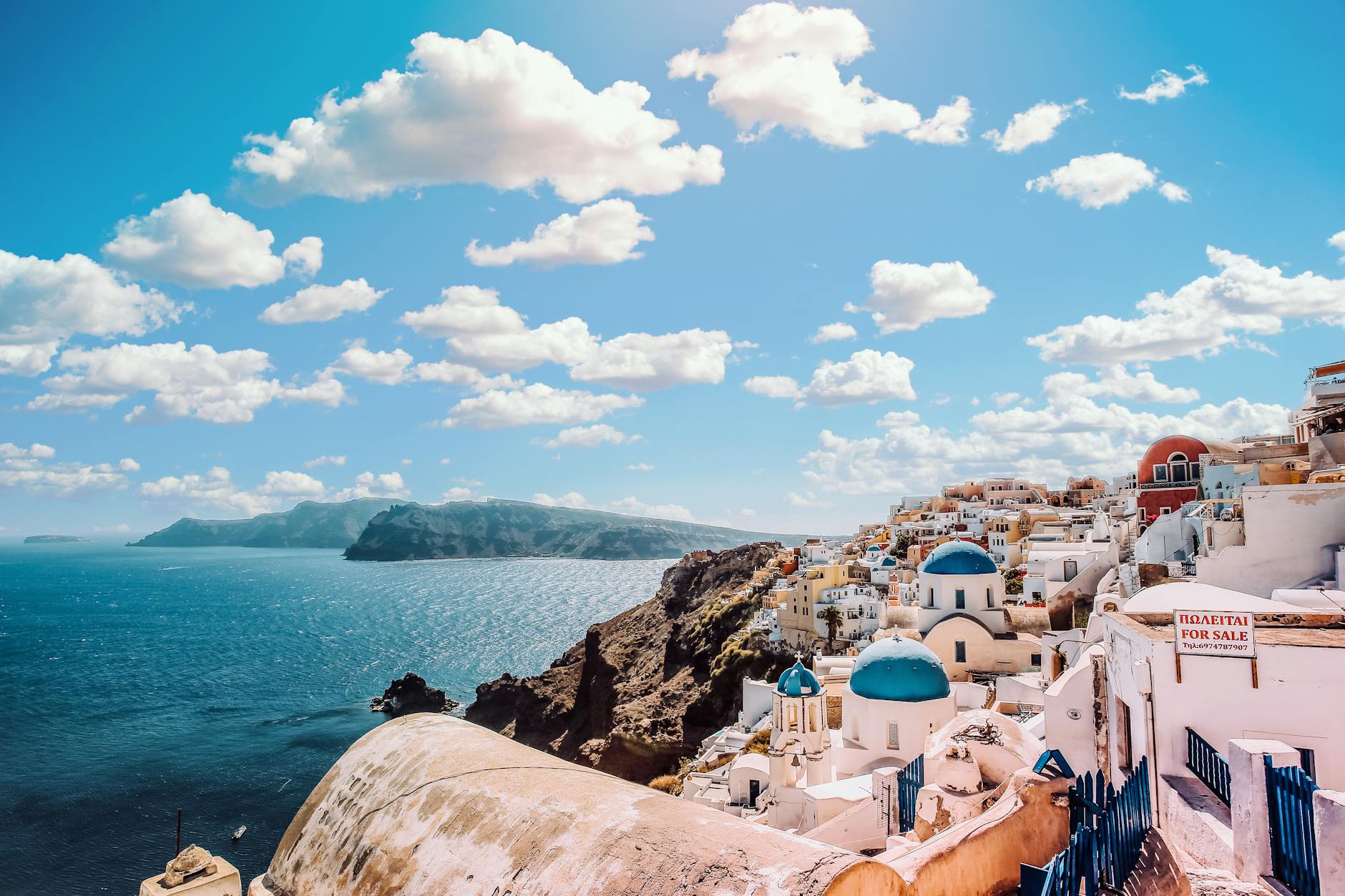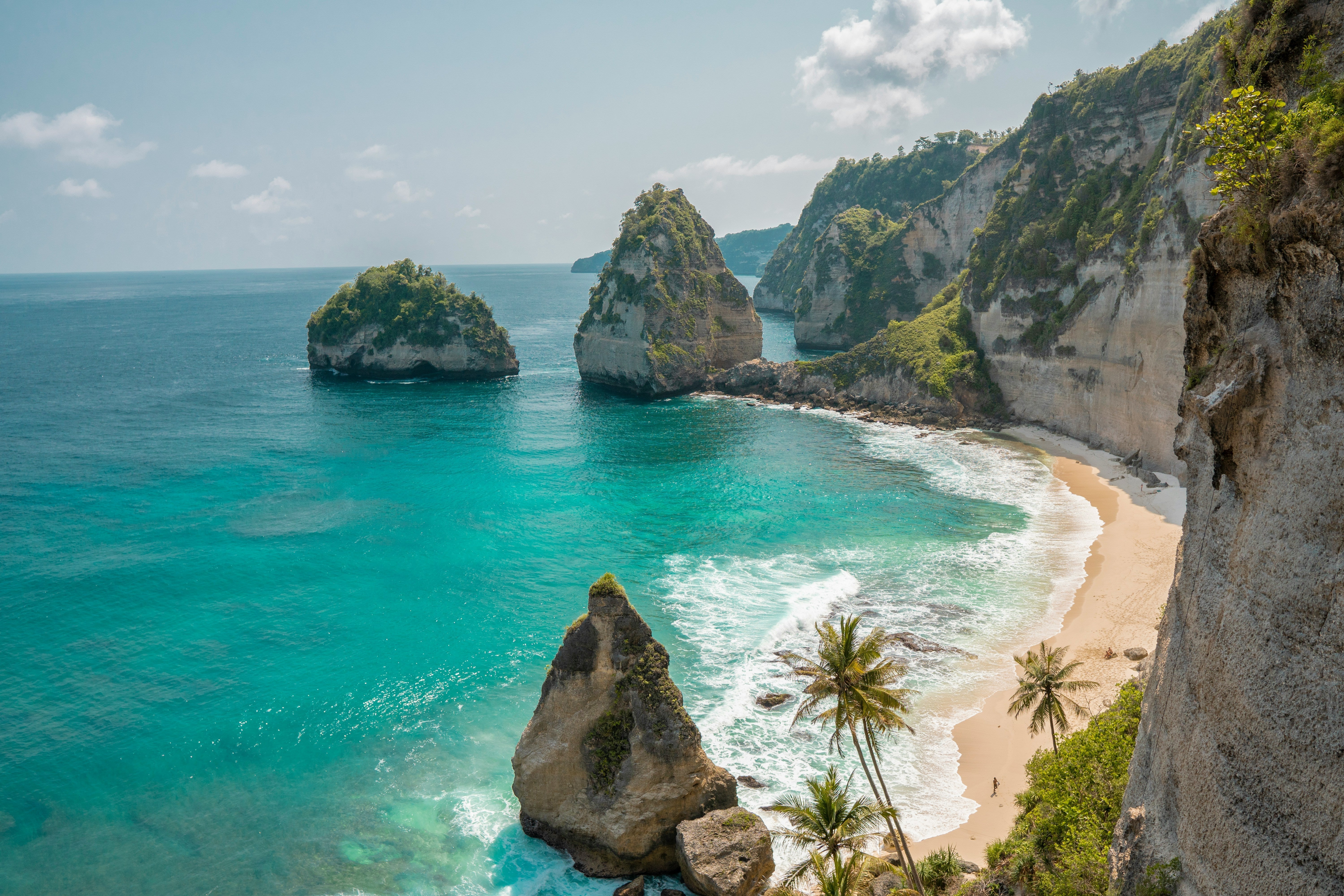
The Bali GPS: How I Cracked the Code to the Island of Gods (and Stopped Getting Lost)
If you’ve ever planned a trip to Bali, you know the feeling. You’re scrolling through stunning photos—lush rice terraces, cliffside temples, and endless ocean—and you think, "This is paradise." Then you zoom in on a map and that paradise starts to look like a puzzle. Bali is tiny, but the travel time from one spot to the next can feel like crossing a continent.
I learned this the hard way on my first trip. I spent more time sitting in traffic (once, it was a three-hour standstill behind a massive temple ceremony) than I did on the beach. My meticulously planned itinerary turned into an expensive, chaotic mess. But I learned the secret: A Bali map isn't just about geography; it's about strategy.
This guide isn't just a list of regions. It’s the strategic playbook I developed after getting lost (and eventually finding myself) on the Island of Gods. I promise to show you how to read the island like a local, save precious hours, and, most importantly, ensure you always have the connectivity you need—which is where eSIM4u comes in handy—to navigate those infamous winding roads.
The Deceptive Distance: Why Maps Are Your Secret Weapon
The biggest mistake travelers make is looking at Bali on a flat map and assuming distance equals time. It doesn't. Bali’s terrain is a geological rollercoaster of mountains, ravines, and volcanic slopes, all overlaid with narrow roads and a traffic culture that runs on its own spiritual clock.
Personal Insight: On my second day in Ubud, I planned a trip to a famous waterfall that looked "just 15 kilometers away." My GPS estimated 35 minutes. It took us nearly an hour and a half because the road turned into a single-lane path barely wider than my scooter, winding through villages. Without a clear strategic map perspective, and with my phone signal dropping in those deep ravines, I felt completely disconnected and frustrated.
That experience taught me the truth: You need to plan your trip using regional clusters, not linear distances.
Mastering the Mosaic: Decoding Bali’s Distinct Regions
To conquer Bali, you must understand that it’s not one island; it’s five distinct worlds. When you look at your map of Bali, don't just see landmass—see the vibe, the pace, and the unique challenges of each zone.
1. South Bali: The Coastline of Commerce and Surf 🏄
This is the island’s economic and social engine, home to Kuta, Seminyak, Canggu, and Uluwatu. It’s dense, it’s vibrant, and it’s fast. On the map, it looks like a thick, bustling knot.
-
The Strategy: Focus on micro-navigation. You're not worried about a 100km drive; you're worried about the 5km trip from your villa to the beach club. Traffic is constant.
-
Personal Insight: I love Canggu, but trying to "pop over" to Seminyak for dinner can turn into an hour-long gridlock during rush hour. I learned to use my map to stick to the periphery roads, even if they looked longer, to bypass the clogged main arteries. This is where real-time, uninterrupted GPS is non-negotiable—something I now secure before I even land by purchasing a data package from eSIM4u.
2. Central Bali: The Island’s Spiritual and Cultural Heart ❤️
Ubud is the epicenter of rice terraces, yoga, meditation, and ancient temples. The map shows it perfectly—it’s the anchor, centrally positioned, making it the best strategic base for exploring the north and east.
-
The Strategy: Plan circular day trips. Start from Ubud, hit a waterfall (like Tegenungan), loop to a temple (like Tirta Empul), and be back for sunset dinner. This clustering maximizes your experience and minimizes time spent backtracking.
-
The Vibe: Lush, profound, and relatively easy to navigate once you leave the core town area.
3. East Bali: Volcanic Drama and Raw Authenticity 🌋
Dominated by the magnificent Mount Agung and home to the Mother Temple (Pura Besakih), this region—encompassing areas like Sidemen and Amed—is dramatically beautiful and much quieter.
-
The Strategy: Prepare for less infrastructure. Roads are winding, smaller, and signs are scarcer. Check your map for petrol stations and known landmarks before you set off. This is the region where having your map downloaded for offline use is critical, as mobile signal can disappear behind the mountains.
4. North Bali: The Tranquil Black Sands 🐬
This is the big commitment. Getting to Lovina and its black sand beaches is a trek over the mountains, but the reward is immense: a calmer pace, fewer crowds, and stunning dolphin tours.
-
The Strategy: This is a two-day trip. Don't try to "day trip" to the north. Plan an overnight stay. Use your map to chart the scenic route over the mountains (rather than the coastal route) for the best views of the lakes and volcanoes.
The Digital vs. Paper Debate: My Hybrid Strategy
The modern traveler often skips the traditional paper map, relying solely on Google Maps. In Bali, that's a dangerous mistake.
Digital Maps (Google/Waze):
-
Pros: Real-time traffic data, step-by-step navigation, and the ability to search for the closest warung (local eatery).
-
Con: Connectivity drops, and it sometimes suggests shortcuts (a.k.a. scooter tracks) that are absolutely impassable in a car. Also, a dead battery means a dead map.
Paper Maps (Or Offline Digital Views):
-
Pros: Gives you the big-picture perspective and scale. You can visually see how Seminyak connects to Ubud via the major highways, not just the tiny backroads. Works without power or signal.
-
Con: Lacks real-time data.
My Hybrid Strategy: I use the paper/big-screen digital view for planning and perspective, especially when deciding which region to visit next. I rely on my GPS app for micro-navigation—and I make sure that GPS is always active and reliable.
This means securing reliable mobile data immediately. I use an eSIM4u plan because it lets me buy and activate a local data plan instantly, without hunting down a SIM card shop or paying ridiculous roaming fees. From the moment I land, I’m connected, which is a life-saver when navigating the chaos of Denpasar.
Practical Map Hacking: Time, Traffic, and Truth
A good map (whether paper or digital) is also a powerful tool for vetting the reality of your trip.
The Truth About Accommodation
Accommodation descriptions in Bali are often optimistic. "Ten minutes from the beach" might mean ten minutes by scooter at an unsafe speed during the quietest time of day.
-
Map Hack: Use the street view function on your digital map. Don’t just look at the distance, look at the path. Is it a wide, paved street? Or a narrow, winding alley (called a gang)? This simple act prevents disappointment.
The Time Buffer Rule (My Golden Rule)
If your GPS estimates a 60-minute journey, always budget 90 minutes. If you arrive early, great! If you arrive on time, you've beaten the odds. If you arrive late, at least you planned for it.
-
Personal Example: We booked a sunset dinner at Uluwatu, a 90-minute journey from our Sanur villa. We left three hours early. Good thing we did—we hit a temple procession that blocked the main road for 45 minutes. Because we had a reliable eSIM4u connection, we were able to quickly reroute using Waze before the main traffic jam started, saving us hours and ensuring we saw the sunset. Reliable connectivity is your best defensive driving tool in Bali.
Conclusion: Stop Getting Lost, Start Exploring
Bali is magic. But that magic is best experienced when you are focused on the views, the smells, and the people—not on the blinking "Recalculating" message on your phone screen.
By seeing your Bali map strategically—not as a simple guide but as a blueprint for clustered, time-conscious, and regionally focused exploration—you transform your trip from a scramble into a seamless adventure. Don't be the traveler who spends their holiday stuck in traffic; be the traveler who glides effortlessly from temple to terrace.
Your Call to Action: Before you book your first airport transfer, download an eSIM4u plan for instant connectivity and then plot your itinerary using the regional clustering method described above. Which region will be your strategic base: the cultural peace of Ubud, or the dynamic buzz of the South?
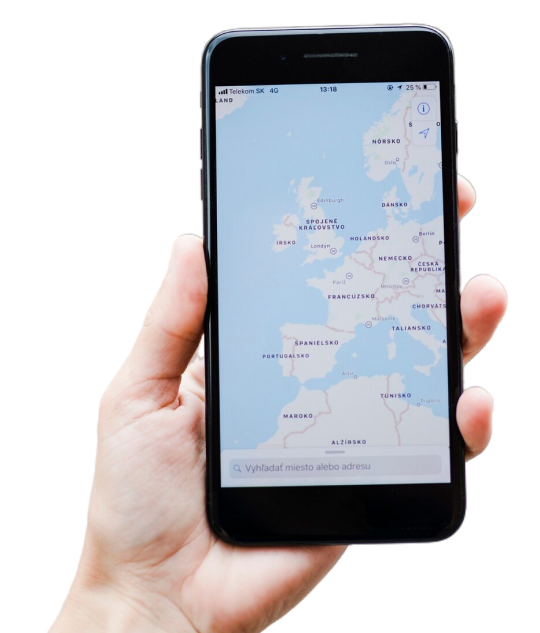

100% Money Back Guarantee
If you cancel your trip or experience tech issues that we can’t fix; we’ll refund you 100%.

